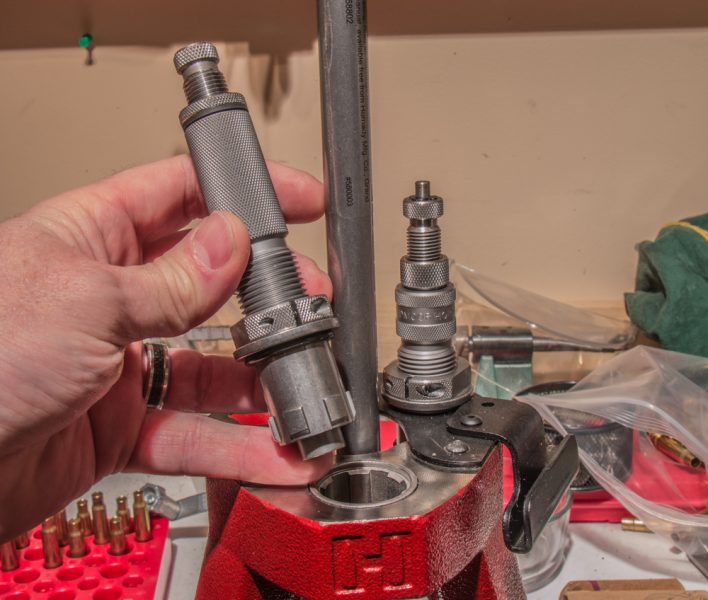10 Tips for Handloading Safety
Richard Mann 09.08.17
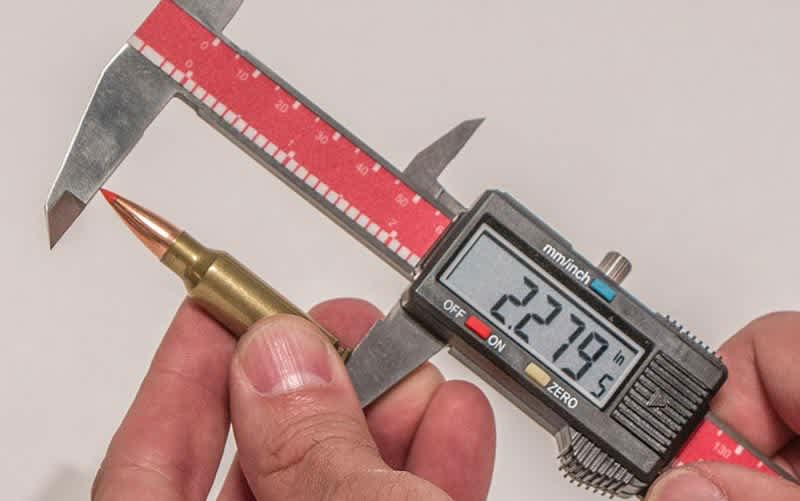
The campfire was fighting off the cold and providing the only light for hundreds of miles. Wolves were calling in the distance under a moonless sky. The old buffalo hunter was snuggled up close to the flame. He was not concerned with his safety; bison carcasses littered the landscape and the wild canines had plenty to eat. What he was worried about was tomorrow’s shooting. Working with hand tools; he was diligently loading his ammunition for the coming day.
You could argue that the first handloaders were the first gun owners. They assembled their load, inside their rifle’s barrel, before every shot. With the advent of the cartridge case, handloading could be done ahead of time. Compared to today, loading your own ammunition in the late 1800s was a very simple process — one that could be done at night in camp, or even in the field between shots, as thousands of bison ambled by.
Now, while scooping measured amounts of blackpowder into brass cases while sitting by the fire seems moderately dangerous, it doesn’t compare to the dangerous situations modern handloaders can create. Aside from dropping their powderhorn into the fire and blowing their campsite all over Wyoming, assembling early blackpowder cartridge loads was mostly a risk-free endeavor. However, the metallic cartridges of today operate at substantially higher pressures, and even miniscule mistakes can cause big danger.
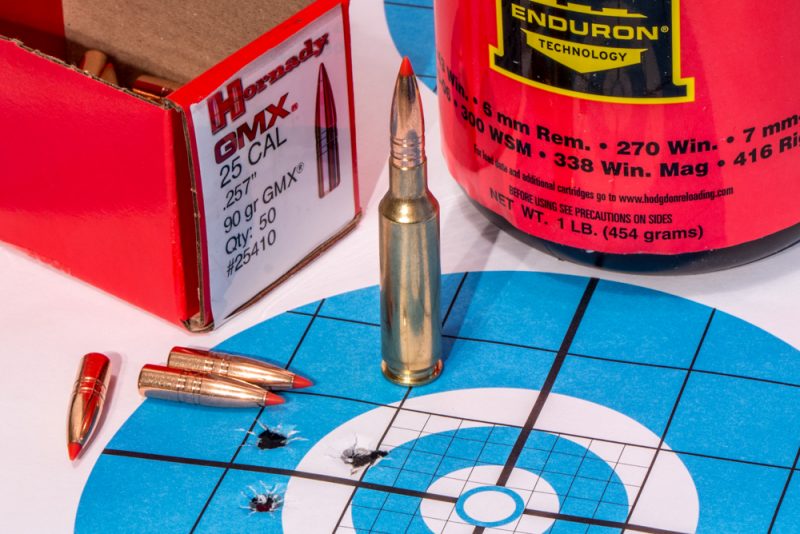
Just like there are safety rules for gun handling, there are safety rules/tips for handloading your own ammunition. Here are 10 you need to follow:
- Isolation
Reloading ammunition requires attention to detail. Don’t try to load ammo while helping your kids with their homework, while arguing with your wife about whether her new shorts makes her butt look big, or while yelling at some news commentator on television. Set up your loading equipment in an isolated area where you can devote your full attention to the task at hand.
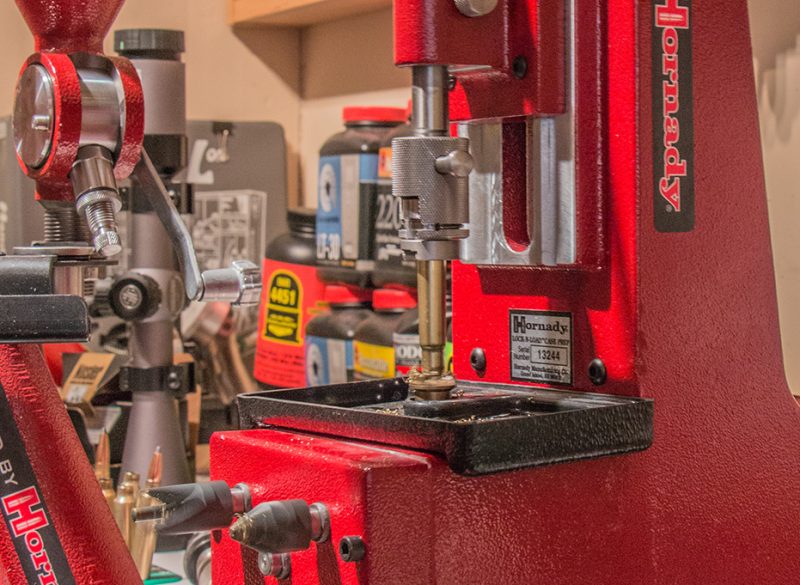
- Follow Instructions
Building your own ammunition isn’t complicated, but it does require that you follow certain steps in a certain order. Find a good handloading manual and commit the process to memory. A manual, such as the Hornady 10th Edition Handbook of Cartridge Reloading, will teach you how to set up your dies to properly size cases and seat bullets. Most manuals will also touch on pitfalls you might encounter along the way.
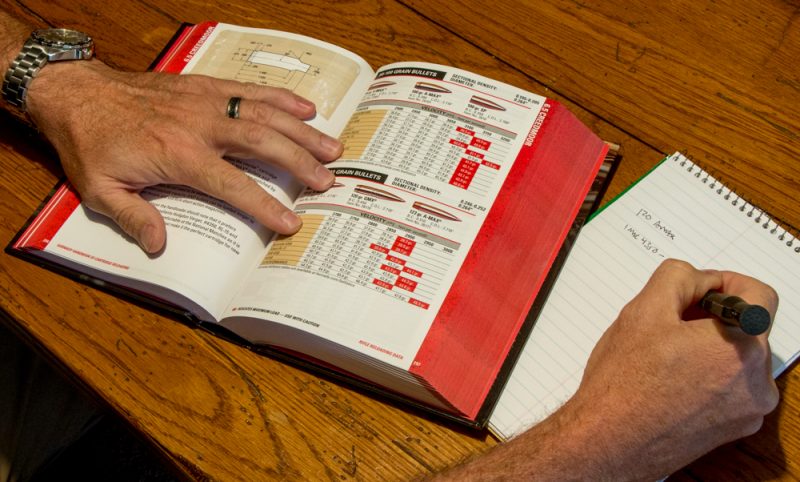
- Protect Your Eyes
When building ammunition, especially when working with primers, there’s always the possibility of an inadvertent detonation. This can happen when handling primers, when seating primers, and potentially even when seating bullets. Fortunately, there’s not a great risk for the loss of life or limb while reloading, but it’s possible to damage or lose your vision if you aren’t careful. Wear safety glasses anytime you’re at the reloading bench.
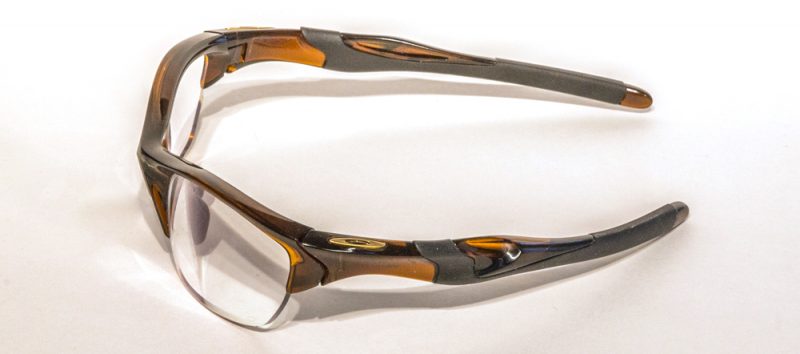
- One at a Time
Only work with one powder, one primer, one bullet, and one cartridge, at a time. Modern metallic cartridges operate at very high pressures. If you inadvertently seat a 150-grain bullet ahead of a charge intended for a 120-grain bullet, you are very likely to create a dangerous situation. Similarly, if you inadvertently load a case with a different powder than the data you’re working with calls for, the noise you hear when you pull the trigger will be very loud, potentially followed by your own screams. When you finish with one powder, put it away. Never have more than one type on your bench at a time.

- No Mystery Components
Don’t use powders or primers if you’re not absolutely certain of their brand and type. When your buddy offers you an 8-pound can of unmarked powder, and swears it’s IMR 4895, don’t take it. The same goes with primers; when you find a bunch of lose primers at the bottom of your primer drawer, toss them. Look at it this way: The loaded cartridges you create are actually miniature potential pipe bombs; don’t risk assembling them with primers or powders you’re not sure of.
- Identify Your Loads
When you assemble test loads, write the specifics of the load on the case with a black permanent marker. This will keep your ammunition segregated and help you on the range when you test your loads. If you’re working with varying seating depths, write the overall length on the cartridge case. If you’re working with different primers, indicate that. The same goes for powder charges when you’re working up to a maximum load or target velocity.

- Sometimes Maximum is Too Much
Just because a load is listed as “maximum” in a load manual doesn’t mean it is safe in your firearm. Variations exist from gun to gun. Some guns have minutely tighter chambers, and some have infinitesimally smaller bores. Both factors mean the pressure generated will be higher, and both are almost impossible to measure beforehand. Always start with suggested starting loads or reduce maximum loads by 10 percent, and then work up. If at any time you exceed the published maximum velocity or begin to see signs of excessive pressure, stop, back off the load a bit, and continue testing.

- Be Internet Savvy
Fortunately, today most bullet and powder companies list their load data on line. Hornady often lists data on the Internet when they introduce new bullets, and Hodgdon lists all their data. Unfortunately, you can find lots of handloading data on Internet talk forums, too. You can trust the recipes bullet and powder companies offer, but not so much with what you find in talk forums and on social media. Anytime you find handloading data from a source other than a reliable component manufacture, try to verify it with a loading manual or by contacting the manufacturer of the component in question. If you cannot do either, don’t trust the data.
- Keep Good Records
Recipe books are some of the best-selling titles worldwide. This is because humans like good-tasting food, and they want to know how to make it. You and your ammo are no different. When you create a load your rifle likes, you want to be able to recreate it. Keep detailed records about the loads that work well in your guns, and make copious notes about the development process. This will help you recreate those loads even years later. And, it will help you when developing other loads with similar components. A laptop computer you can work with at your loading station can be beneficial.
- Use Topnotch Reloading Tools
The product of a craftsman is greatly influenced by the quality of their tools. If you want to produce high-quality ammo, then use high-quality tools to build it. Hornady’s new Iron Press might be the best single-stage press on the market, and it’s great for the beginning handloader. It also works with their Lock-N-Load die bushings, which help speed up the loading process. Hornady has also embraced technology and offer a full line of digital measuring devices such as calipers, powder dispensers, and scales.
